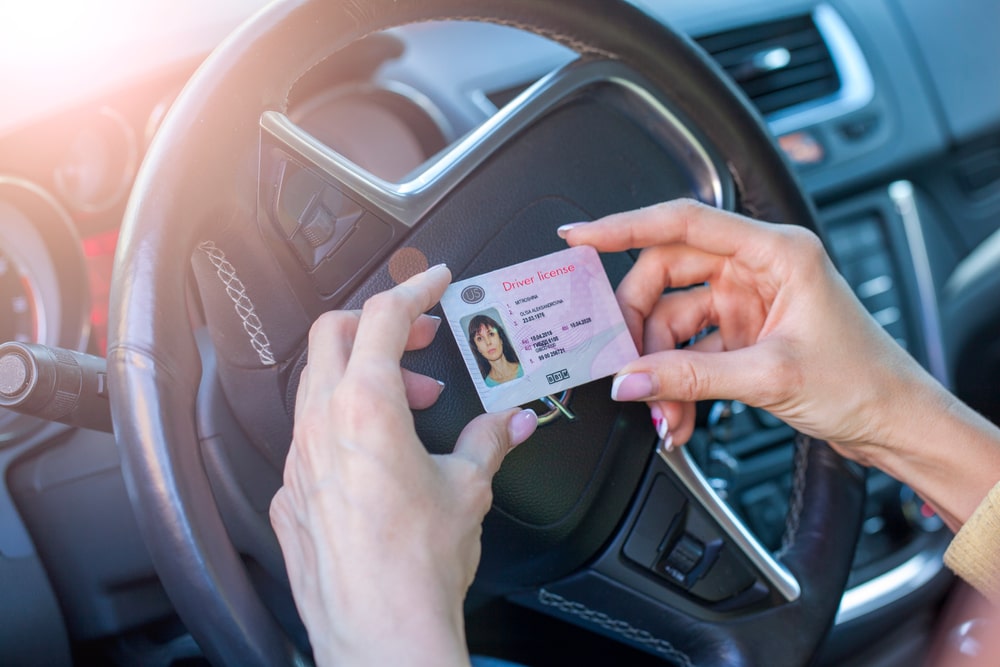When an individual, often a young adult or teen, is learning to drive with a learner’s permit, it’s essential to understand the restrictions that come with it. One common question is whether or not driving at night is permitted for those with a learner’s permit. The answer varies by state, as each has distinct laws regarding permit holders. Typically, driving at night is restricted for learner’s permit holders to prevent accidents that are more likely due to lower visibility and the driver’s inexperience.
It’s crucial for learner’s permit holders to adhere to these restrictions to ensure not only their safety but also the safety of other motorists. Permit holders seeking to drive at night should consult their state’s driving rules or consider formal driver education to ensure compliance and safe driving practices.
Understanding Permit Restrictions
When considering driving with an instruction permit, it’s crucial to be aware of various restrictions, especially those pertaining to nighttime driving. These restrictions are designed to ensure the safety of novice drivers as they gain experience.
Illinois Instruction Permit and Nighttime Driving Restrictions
Individuals with an Illinois instruction permit are subject to nighttime restrictions. Specifically, permit holders under the age of 18 cannot drive between 10 p.m. and 6 a.m. from Sunday through Thursday and between 11 p.m. and 6 a.m. on Friday and Saturday. These restrictions complement local curfews and are enforced to lower risks for young drivers during high-risk nighttime hours.
The Role of Driver Education for Those With a Learners Permit
To obtain an instruction permit in Illinois, individuals must be enrolled in an approved driver education course. The aim of these education courses is not just to teach driving skills, but also to instill knowledge about safe driving practices and the importance of adhering to permit restrictions. Allowing a permit holder to drive only when supervised by a licensed adult ensures that they develop their skills in a controlled and safe environment.
Progressing to a Driver’s License
After an Illinois learners permit, gaining the privilege of driving independently involves a series of steps, from obtaining an instruction permit to acquiring a full driver’s license. A critical aspect of this journey includes adhering to nighttime driving restrictions during the initial licensing phase.
From Learner’s Permit to Initial Licensing Phase
When a person first starts learning to drive, they typically begin with an instruction permit or a learner’s permit. Regulations vary by state, but the objective is the same: to provide new drivers with the opportunity to practice driving in a controlled and supervised environment. In Illinois, for example, a learner’s permit is known as an Illinois learner’s permit, which allows driving while supervised by an adult who holds a valid driver’s license.
Age Requirement: Generally, the minimum age to obtain a learner’s permit is around 15 to 17 years.
Supervised Driving: A set number of supervised driving hours are required, including nighttime driving.
Nighttime Restrictions: There may be restrictions that prohibit driving at certain hours during the night to reduce risk.
Transitioning to the initial licensing phase, drivers often face continued nighttime driving restrictions to mitigate the higher risks associated with driving after dark.
Acquiring a Valid Driver’s License
Moving from the initial licensing phase to obtaining a valid driver’s license involves meeting state-specific requirements, which demonstrate that the driver has developed safe driving habits and is ready for unsupervised driving.
Completion of Requirements: A certain number of driving hours, both in the daytime and at night, must be logged.
Passing Tests: Passing written and road tests are typically required to advance from a permit to a license.
Provisional to Full License: Some states issue a provisional license before granting a full, unrestricted driver’s license.
By satisfying all the necessary criteria, a new driver can upgrade their permit to a full driver’s license, granting them the freedom to drive without supervision, provided they continue to adhere to traffic laws and practice safe driving behaviors. If you have any additional questions, contact a car accident lawyer at 844 See Mike to speak with an expert in Illinois traffic laws.





